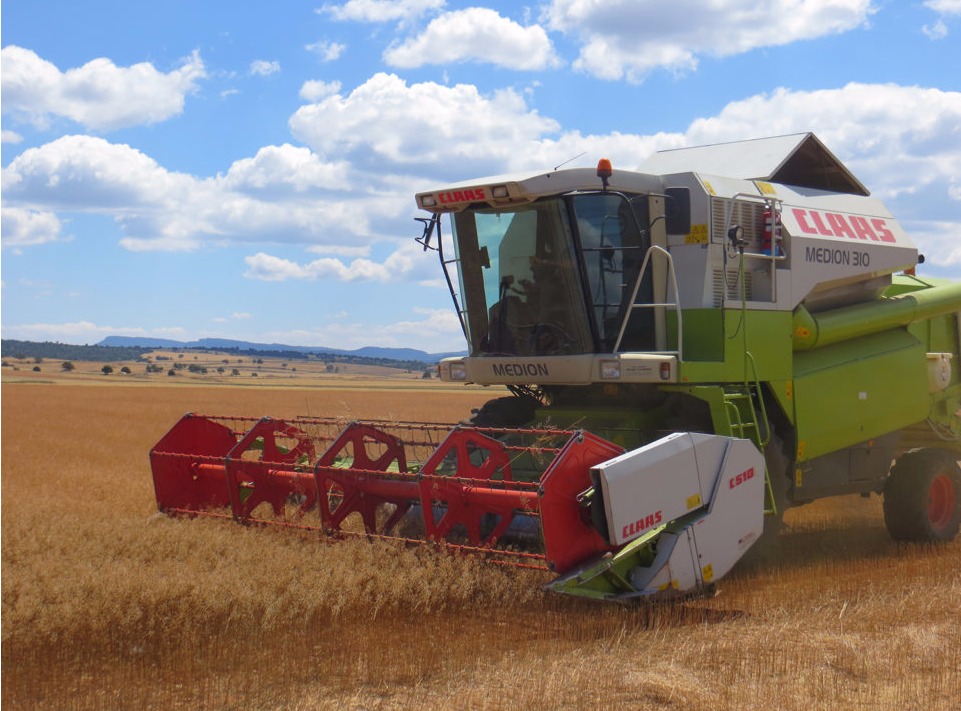Salmon industry explores tiny seed with unique balance of omega-3 and omega-6 fatty acids
Vegetable oil isn’t just for cooking anymore.
As of January 2017, the Canadian Food Inspection Agency (CFIA) has approved the use of mechanically extracted camelina oil as a feed ingredient for farmed salmon and trout – a policy change likely to benefit the aquaculture industry in Canada.
“It is possible that [camelina oil] can replace part of the fish oil typically used in the feeds for salmon without impact on health, growth or nutritional characteristics,” Dr. Ian Forster, a research scientist at Fisheries and Oceans Canada who studies the extent to which camelina oil could replace fish oil in diets for juvenile Chinook salmon (Oncorhynchus tshawytscha). “If replacing some of the fish oil is possible, this would reduce the dependence of salmon farming on marine sources (fish oil) for food.”
Camelina sativa, or false flax, is a hardy, oilseed plant that’s rich in omega-3 (n-3) and omega-6 (n-6) fatty acids, protein and antioxidants. Grown worldwide, it’s a tiny seed used for human consumption that also has big potential for driving the “green” economy, from providing environmentally friendly jet fuel to dietary and cosmetic supplements to livestock and agriculture feeds.
This article and photo was provided by the Global Aquaculture Alliance. The rest of this article is available here.
You must sign up for a free membership to access the article (click “I don’t have an account”).
